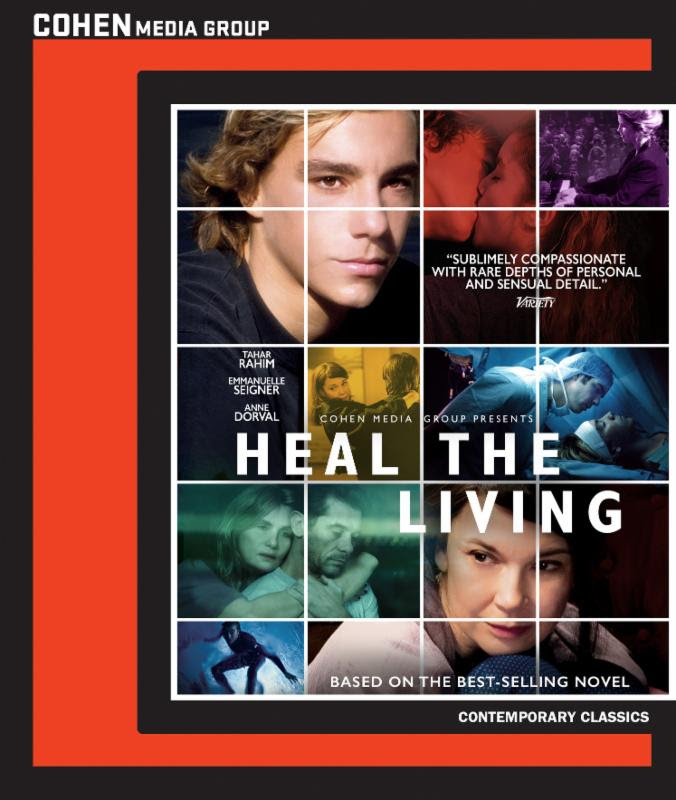It’s the summer of 1967, and the effects of the Cold War and ’60s counterculture are being felt in Oxford. It has barely been two weeks since the events depicted in the season three finale, and we find Oxford’s finest picking up the pieces of their personal and professional lives. Endeavour waits to hear the result of his Sergeant’s Exam, and self-medicates to numb his heartache over Joan, but whisky and Tännhauser will only get a man so far. Meanwhile, Thursday and Win deal with their own sense of grief. Their home is empty, Sam gone to the Army and Joan . . . who knows where?
https://youtu.be/T8aGBYZx–4
Welcome to Masterpiece Mystery: Endeavour Season 4 will be available on DVD and Blu-ray on September 5. The program will also be available for digital download. Save the date!
A description of each of the episodes from Season 4 is listed below.
Game
Endeavour, struggling with Joan Thursday’s sudden departure, finds himself consumed by a nightmarish hunt for a serial killer. He must race against time to find the connection between a chess-playing “thinking” machine and a baffling drowning.
Canticle
When morality advocate Joy Pettybon receives a death threat, Endeavour must protect her at all costs. But the arrival of a rebellious band, The Wildwood, quickly drags Endeavour into a bloody war of social attitudes that just had its first fatality.
Lazaretto
Whispers of a cursed ward at the local hospital and a seemingly innocuous death begin a chain of events that leads Endeavour to investigate the dark depths of the hospital, its staff and its patients. Meanwhile, he is forced to confront his own ghosts as he discovers a chilling secret.
Harvest
The extraordinary discovery of a 2,000-year-old body reveals a new lead in a missing person case. Endeavour and Thursday must investigate the eerie village of Bramford, where nature is pitted against man and pagan rites hide nuclear mysteries.




 Paramount is pushing the power of Juice. A powerful morality tale steeped in ’90s urban culture, Juice marked the feature directorial debut of Spike Lee’s acclaimed cinematographer Ernest R. Dickerson and the first starring roles for Omar Epps and an electrifying Tupac Shakur.
Paramount is pushing the power of Juice. A powerful morality tale steeped in ’90s urban culture, Juice marked the feature directorial debut of Spike Lee’s acclaimed cinematographer Ernest R. Dickerson and the first starring roles for Omar Epps and an electrifying Tupac Shakur.


